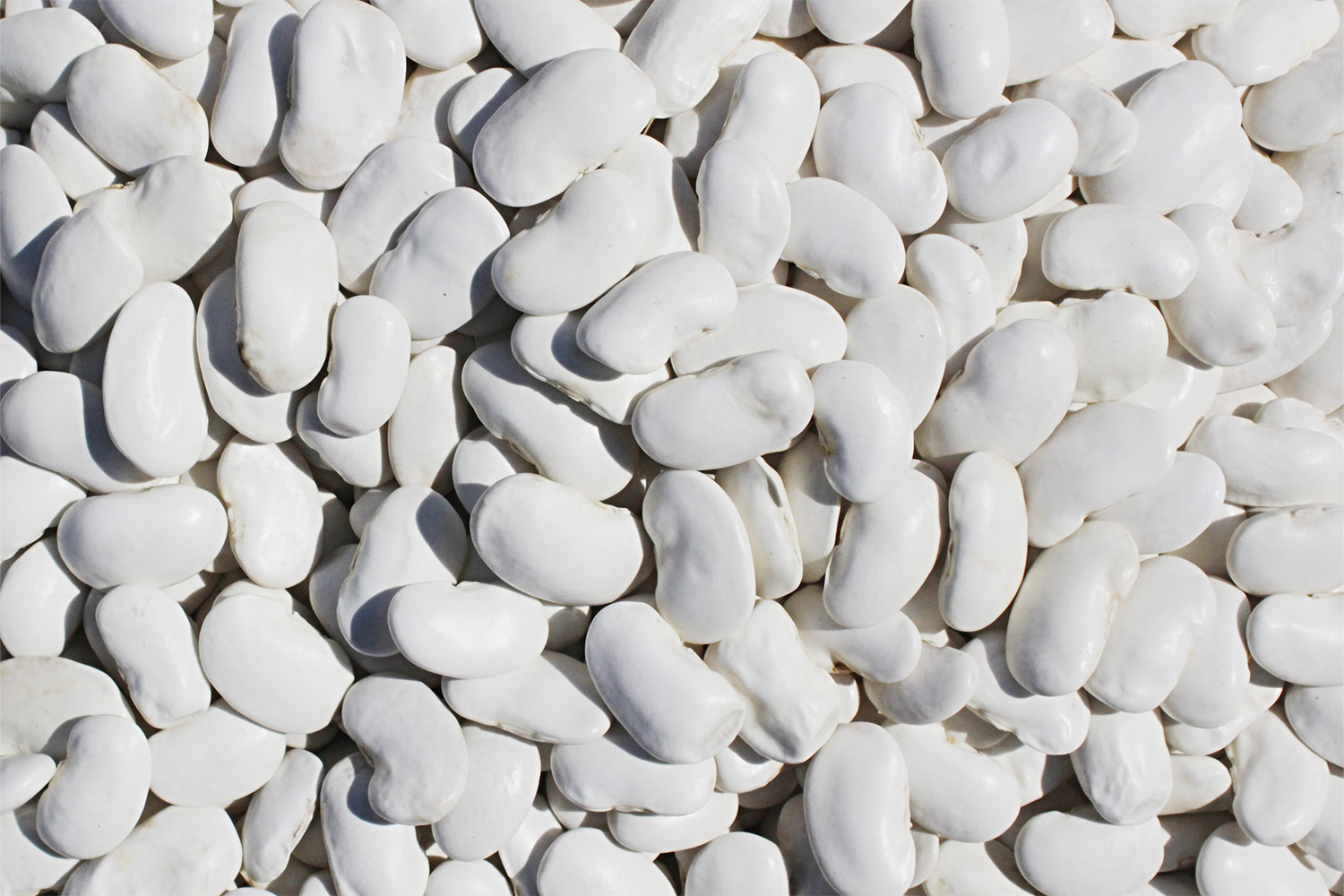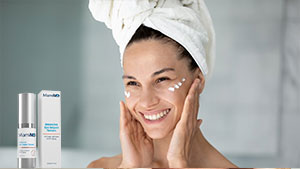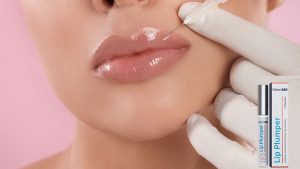Ferulic Acid Benefits That You Never Knew About

Have you incorporated ferulic acid into your skincare routine? If you haven’t yet started using this incredible product, it may be time to start!
You may not be aware of many ferulic acid benefits, but using this ingredient in the right way can be a real game-changer for your skin.
Our skincare professionals at Miami MD are here to introduce you to ferulic acid so you can better understand all of the ways this supportive ingredient can be used to amp up your skincare routine.
What Is Ferulic Acid and What Is It Commonly Used For?
Ferulic acid is primarily a phytochemical that plants naturally produce to help them thrive and keep them safe. It is also categorized as an antioxidant and can be found in plant-based sources like vegetables (carrots, broccoli), oats, brown rice, barley, rye, peanuts, and whole grains.
For those new to antioxidants, they are substances that fight off free radicals in the body. Free radicals can occur for many different reasons, but chronic sun exposure is their primary trigger.
Essentially, they are molecules missing one of their electrons, causing them to feel unbalanced (molecules are most stable when they have eight electrons surrounding them).
To help themselves find balance, they bounce around inside the body seeking other molecules from which they can steal an electron.
Unfortunately, they frequently steal electrons from skin molecules or DNA. While this re-balances the free radical, it unbalances the molecule from which it stole the electron. Damaged and unbalanced skin molecules show signs of the aging process much earlier than they usually would. These signs include fine lines and wrinkles, thinning skin, and hyperpigmentation (also known as sunspots or dark spots).
Does Ferulic Acid Work With Other Ingredients?
People must look at their skincare products and verify that they work well together because they have many different ingredients. While a few may interact negatively, far more end up just canceling each other out. However, some power duos may work together to produce even more impressive effects.
Those duos are ferulic acid and vitamin C (also known as l-ascorbic acid or sodium ascorbyl phosphate).
Vitamin C has long been revered for its potent ability to manage the damage done by ultraviolet (UV) rays and reduce the appearance of breakouts for a more even skin tone.
Both UVA and UVB rays have been tied to many of the signs of premature aging, and vitamin C does an excellent job of protecting the skin and helping to decrease their impacts.
However, vitamin C is also far less shelf-stable than ferulic acid. When used together, ferulic acid is thought to help stabilize a solution of vitamins C and even E so that they can work together for a more extended amount of time.
In addition, adding vitamin E can also potentially double the amount of photoprotection. Along with its protective abilities, vitamin E is incredibly hydrating.
Ingredients To Avoid When Using Ferulic Acid
When you use ferulic acid, you may want to stop or adjust your use of certain exfoliating acids. AHAs and BHAS, including glycolic acid and salicylic acid, can decrease the effectiveness of ferulic acid by changing the skin’s pH level.
Combining ferulic acid and hydroxy acids can also irritate the skin, especially as it adjusts to new products.
How Can You Experience Ferulic Acid Benefits?
For skincare, most ferulic acid is available in topical form, often serum-based. If it is not already combined with vitamin C, it is recommended to use a complementary product in the same routine.
To use ferulic acid, start with clean skin to provide a blank canvas for the remainder of your skincare ingredients to work into your pores. Cleansers come in various forms, so take the time to choose one that takes your skin type into account. Skin types include normal, oily, dry, sensitive, and combination.
Once your skin is clean and dry, you’ll apply your ferulic acid serum. You’ll only need a small amount to cover your entire face, and you’ll want to let it dry thoroughly before moving on to your following product. You can also mix it directly with your vitamin C skincare product.
It’s crucial to always end any skincare routine with a moisturizer. No matter what your skin type is, the skin needs help maintaining its moisture barrier.
When that moisture barrier breaks down or becomes vulnerable, it is far less able to control the skin’s hydration level. Even oily skin needs some additional moisture to help protect it and produce extra oil if it isn’t getting that hydration.
Ferulic acid can be used twice daily but is most impactful in the morning. You should follow it with sunscreen to help further limit the ability of UV rays to reach the skin.
Are There Any Side Effects Of Ferulic Acid?
Ferulic acid benefits are impressive, but there are some potential side effects.
When you decide to start on any new skincare product, you should perform a patch test. Patch tests help to rule out any potential allergies and can reduce the risk of developing side effects.
To perform a patch test at home, apply a small amount of the new product to a less noticeable area of your face. Many people choose near the ear or around the jawline. Then, wait 24 – 48 hours.
After the time is up, examine the area. If you notice any noticeable redness or hives or develop any itchiness during the patch test, you may want to avoid the product. While not reacting doesn’t guarantee that it is safe for you, it minimizes the likelihood that an allergic reaction will occur.
As your skin adjusts to ferulic acid, you may notice that it experiences some mild irritation and sensitivity or that it may begin to peel slightly. In most cases, this is transient, and it will resolve on its own.
You may want to switch to a more supportive moisturizer during this time to help your skin maintain an intact moisture barrier.
There is also a slim possibility that you may have an allergy to ferulic acid. Often, this depends on where the ferulic acid was sourced (a grain source, for instance, can be problematic for some).
How Should I Store Ferulic Acid
Ferulic acid is sensitive to light, and it should be stored in a cool area away from direct sunlight. The ingredient will often come in a dark or opaque bottle already, but you should transfer it to one if it doesn’t.
An excellent way to help verify that your ferulic acid is still potent is to check its color. When working correctly, ferulic acid is a golden orange color. As it begins to oxidize, it turns more of a muddy brown. If this occurs, it will need to be replaced.
In Conclusion
Ferulic acid benefits nearly every skin type. The ingredient functions primarily as an antioxidant, helping to manage the signs of oxidative stress that can become more visible as we age.
When you incorporate it into your skincare routine, you’re not only helping to protect your skin but potentially boosting the effectiveness of other products as well.
Combined with vitamin C, ferulic acid offers photoprotection that can help keep your skin looking youthful for as long as possible. Just don’t forget your sunscreen!
Sources:
Ferulic acid | C10H10O4 | PubChem (nih.gov)
How to Prevent Photoaging? | Journal of Investigative Dermatology (jidonline.org)





